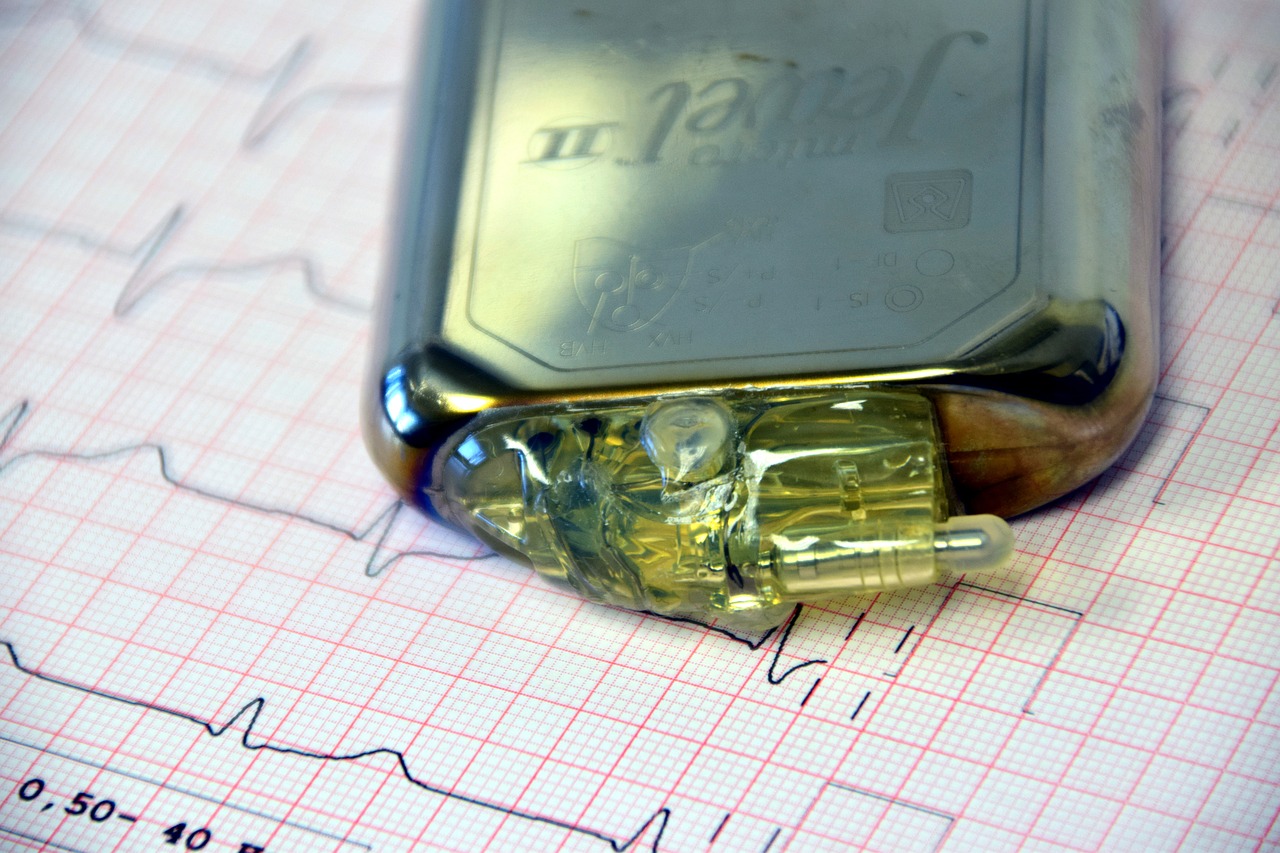Painful Varicose Veins: When to See a Doctor
Varicose veins are abnormalities that affect the veins of the body. It could be said to be an enlargement or twisting of specific veins in the body. One common misconception about varicose veins is that it is a condition that affects the legs. It is because most cases of varicose veins have occurred in the legs. Scientists blame this on the excess pressure put on the legs by the body’s many activities, especially since it is a frequently moving part compared to other parts of the body.
However, varicose veins can occur in any part of the body where veins are present. While many factors contribute to varicose veins, the primary cause is due to weak or damaged valves in the veins. Since veins are most prominent in the legs than other body parts, it is not surprising that it records the highest occurrence rate.
Varicose veins can be a mild pushover in some people or develop into a severe condition in others. Therefore, it is essential to know just what you are dealing with, how it affects you, your body system, and when to contact your doctor.
Painful Varicose Veins
Varicose veins around the legs or any other part of the body manifests in different ways in different people. Some much more complicated than others. In some cases, varicose veins can be nothing more than a mild cosmetic issue. It is when a purplish or bluish coloration appears on the skin. It is most times, not too visible. Mild varicose veins stay at the tainted vein level and cause little to no problems. However, there are cases where it has advanced into chronic pain and discomfort.
Some people, mild varicose veins could advance into a chronic case known as painful varicose veins, so it is essential not to ignore it, even if it is a “cosmetic issue”. In severe cases, varicose veins could lead to severe discomfort in the affected area. In cases where the leg is concerned, necessary activities like running and sitting for long periods can accompany ache and discomfort.
Since it is connected to the blood vessel, the danger could escalate very quickly if not properly taken care of or treated by a professional doctor.
Some cases look like varicose veins that are not. There also cases that are not as noticeable as varicose veins, but they are. It is essential to know the symptoms to decipher just what you have and when it is time to see your doctor.
How To Know When You Have Painful Varicose Veins
Painful varicose veins are not the only condition that causes pain or discomfort around the legs. It could be a whole lot of things. The safe part is that varicose veins have a couple of symptoms you can use to identify a severe case. While some of these symptoms might clash together with a few other medical conditions, being observant and checking carefully through all possible symptoms will help you get painful varicose veins treated in no time.
Knowing your symptoms will help you know when to see your doctor and the treatment procedure that is best for you.
Symptoms Of Painful Varicose Veins
Since varicose veins affect the veins due to weak or damaged valves, the first symptom can be noticed. A purple or blue tainted vein that looks twisted or swollen is an indication of painful varicose veins. Only a few other conditions give off symptoms like this, and it is often overlooked as a cosmetic issue with home remedies sought to treat it. However, visiting the doctor is always the best option.
Painful varicose vein, however, has more symptoms waiting to be confirmed. When a tainted vein with the purplish or bluish coloration is accompanied by a discoloration across the affected area’s skin, then that is a pointer towards the varicose vein.
A painful varicose vein is accompanied by severe discomfort and aching when simple activities are carried out with the affected area, like running with the affected legs. Burning, cramping, itching, and swelling of the affected area is also a common occurrence with painful varicose veins.
If all or most of these symptoms are experienced, then it is a sure red flag that part of the body has developed varicose veins. Due to the pain, discomfort, and possible escalation these symptoms pose, it is highly advisable to visit the doctor soon as they are noticed.
Painful Varicose Veins: 5 Dangerous Signs That It Is Time To See Your Doctor Immediately
1. Bleeding
Bleeding, in general, is a pointer that something is wrong. Since varicose veins are connected to the veins and blood circulation in the affected area, bleeding is a sign that should immediately see your doctor. When bleeding occurs, it means the pressure in your veins has become higher than usual due to the affected valves.
You should elevate your leg higher than your heart level. This will help halt the bleeding. When the bleeding stops, contact your doctor immediately!
2. Thrombophlebitis
It is a condition where a blood clot forms inside the vein, making it reddish, stiff, and lumpy. It is an inflammation that occurs in the vein and affects the skin at the surface as well. If this happens, take anti-inflammatory medicines. Taking anti-biotics would be ineffective. While the inflammation may settle in less than 30 days, skin discoloration and discomfort would remain for longer.
What’s more? It could lead to a more severe case- deep vein thrombosis. It is, therefore, essential to visit your doctor before things get to this stage.
3. Ulcers
When you have severe/ painful varicose veins, cuts and small wounds take much longer to heal in the affected area than other parts of the body. While you might see it as not much of a bad idea to wait out the healing, considering the risk of infection or more ulcer cases around the affected area, it is most advisable to immediately see your doctor. You could require special dressing and compressed stockings but, in some more severe cases, surgery.
4. Skin Reactions
While most times are seen as a mild cosmetic issue, painful varicose veins can lead to itching and rash on the affected area’s skin. It is also accompanied by discoloration of the skin. Haemosiderin disposition is another possible condition, which is the formation of a brown pigment on the skin. It weakens the skin and increases the risk of skin ulcers. If this is noticed, then more than anything else, you should drop that home treatment and see a doctor!
5. Swelling
Since painful varicose veins are associated with the veins, blood flow, pressure, discomfort, and throbbing are not surprising. An aching, throbbing or heavy feeling around the affected area could make a day seem more stressful and discomforting than usual. It is highly advised that you visit the doctor.
Conclusion
While painful varicose veins are not dangerous considering the discomfort and dis-coloration, it could lead to many dangerous conditions as listed here. When any of the symptoms are noticed, you should visit the doctor. If you have visited one and any of these dangerous signs still occur, then it is time you seek better professional help. You can always contact us or book an appointment with us any day, anytime.





